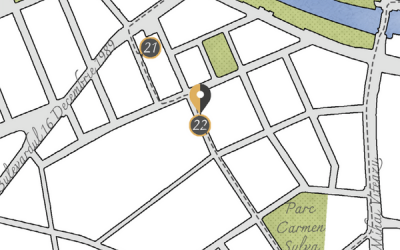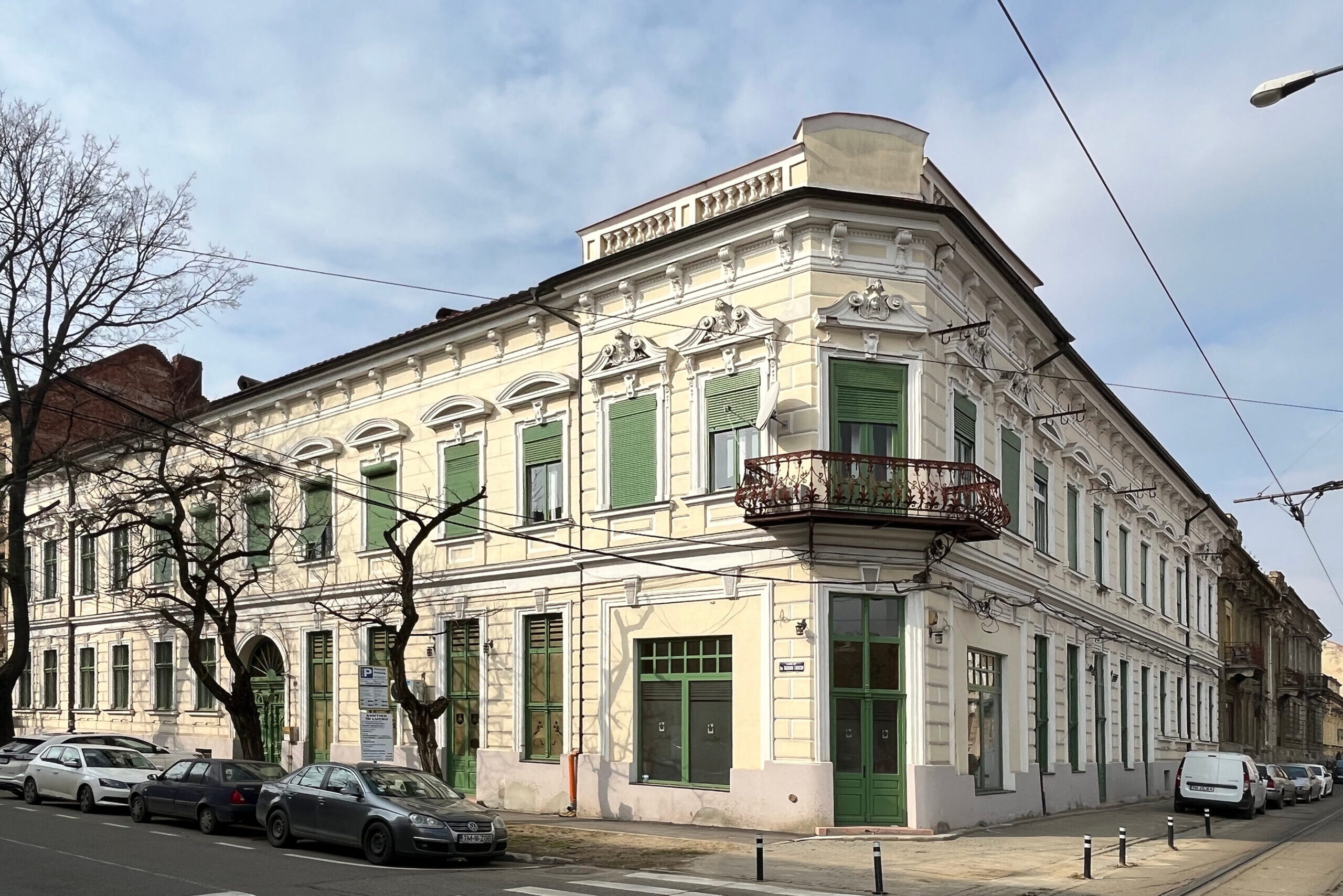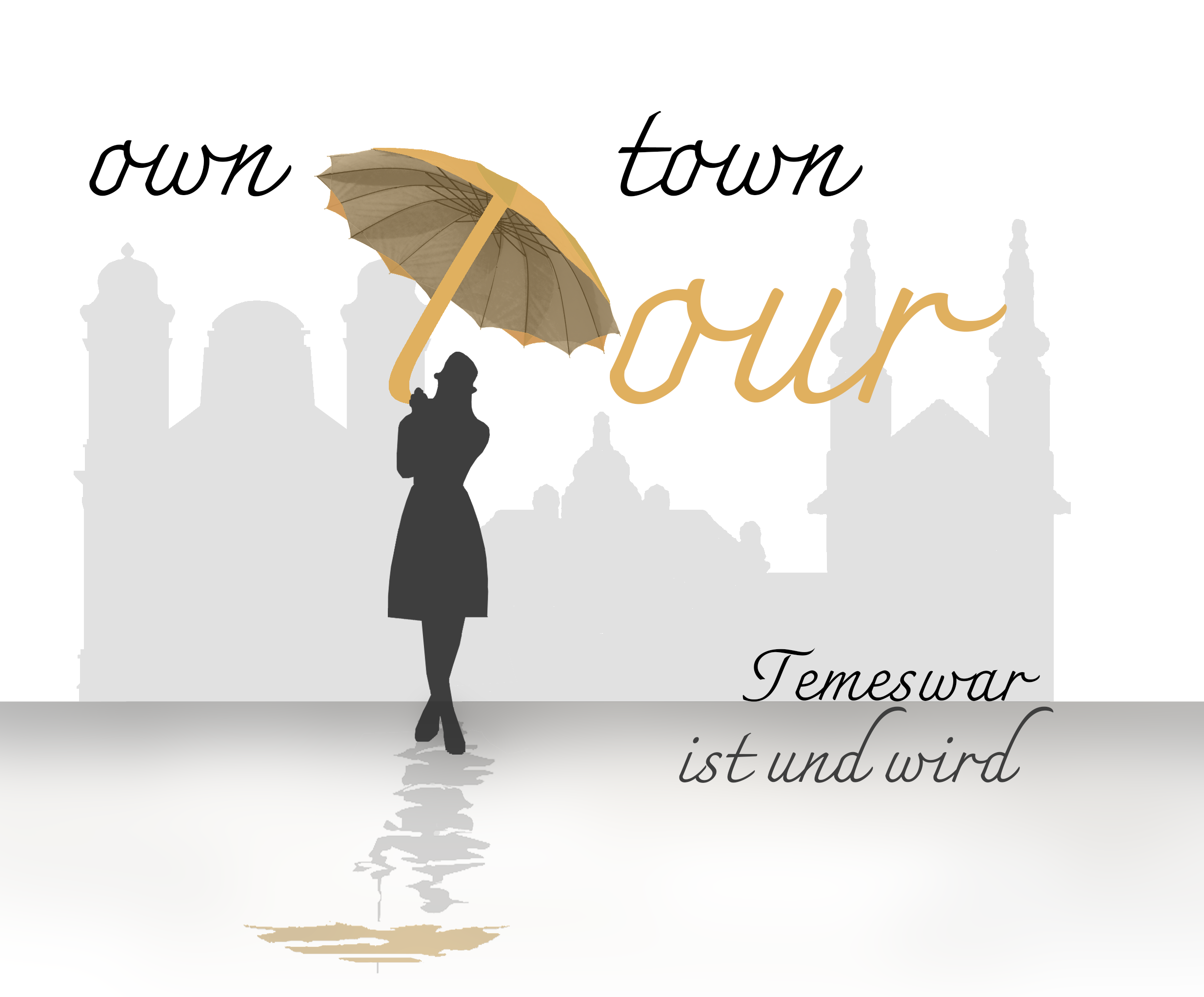Doja Street
Str. Gheorghe Doja
from 1900
Public area


The Probably Most Beautiful Side Street in the City
If you want to get to know Timisoara, you should not deny yourself the charm of the old suburbs. Although not as renovated as the city centre, but still with a lot of historical flair, they invite you to explore the side streets with their beautiful houses.
Josefin, originally called “New German Farms”, was founded in 1744 in front of the gates of the fortress. This is where the well-to-do, mostly German-speaking citizens, built their summer residences. The name was changed from “New German Farms” to Josephstadt (later spelled “Josefstadt”) in honour of Emperor Joseph II, son of the famous Empress Maria Theresa.
As of the mid-19th century, Timisoara underwent such rapid economic development and boom, that it was also referred to as the “Manchester of southern Hungary”. Given that the first railway station was built in the north of Josefstadt and with the main shipping centre established on the Bega Canal, the rural suburbs soon became popular and highly sought after urban residential areas due to the dynamic urban development. Most of these houses were built around 1900. They showcase both the prosperity of their builders and the then modern architectural styles.
Detours into the side streets are particularly worthwhile, where spruced-up city villas can be admired in a quiet location while other magnificent houses still await discovery (and renovation).
Doja Street provides the connecting road between Maria Square in Josefstadt (Iosefin) and the Lahovary Square in Elisabethstadt (Elisabetin).
In this street, which connects the two historic districts of Iosefin and Elisabetin, we will find the combined merits of Timisoara evident along the tram tracks. There are numerous Art Nouveau houses, many still requiring renovation, however, more and more have been restored and shine in their new splendour. The newly renovated façades of the houses Doja Alley No. 1 and No. 5, which the famous Timisoara architect Ernö Neuhaus built in the years 1905-1906, immediately catch one’s eye. The corner houses at this street’s intersection are also impressive with their pretty bay windows and richly decorated façades, based on the Secession style of the 1900s.
At the first intersection after Maria Square, there is a charming cafe on the street corner, offering visitors coffee and tea specialties in a stylish ambience. Should you, however, prefer a cold beer, you will find a small pub at the next intersection offering local home-brewed “craft” beer under the old name of the district “Mayerhoff”.
At 16 Gheorghe Doja Street, there is a charitable institution dating from the end of the 19th century. The architect Lippot Löffler built a school for deaf young people from 1894 to 1897, under the initiative of a specialist trained in Vienna and Budapest, which still serves people with disabilities today.
Unique architecture, typical regional hospitality and the Kakanian heritage make Doja Street one of the most charming side streets of Timisoara.
Tour sights
- 1. Theresia Bastion
- 2. Lutheran Church
- 3. Union Square
- 4. Saint George’s Cathedral
- 5. Serbian Orthodox Cathedral
- 6. Miksa (Max) Steiner Palace
- 7. Brück House
- 8. Dicasterial Palace
- 9. Klapka Library
- 10. The “Guild Tree”
- 11. St. George's Square
- 12. Prince Eugene House
- 13. Citadel Synagogue
- 14. Liberty Square
- 15. Huniade Castle
- 16. National Opera House
- 17. Victory Square
- 18. Corso
- 19. Orthodox Cathedral
- 20. Piarist Ensemble
- 21. Reformed Church
- 22. Doja Street
- 23. Journey through Time
- 24. Rose Garden

